Understanding Your Insurance Company: Risk Managers, LLC
At Risk Managers, LLC we aim to help you better understand the fundamental concept of insurance and the role of insurance carriers in providing financial protection and peace of mind. Insurance is a means of safeguarding against financial loss, managed by companies known as carriers. Today, we're diving into how these carriers operate and the broader landscape they inhabit, enhancing your grasp of how your own coverage works.
What is an Insurance Carrier?
An insurance carrier, also known as an insurance company or provider, is an entity that underwrites and issues insurance policies. Companies like Geico, Allstate, or UnitedHealthcare are some well-known examples. These carriers can offer a variety of insurance types—ranging from home, health, pet, to auto insurance, and often bundle these services for convenience and savings.
Carriers like Risk Managers, LLC offer a selection of policies tailored to meet specific needs. When you purchase a policy, you'll agree to pay a monthly premium to maintain your contract active. If an event occurs that's covered under your policy, you'd file a claim, and the carrier reviews, processes, and if approved, pays out the claim.
Understanding Different Insurance Roles
When navigating through insurance options, you'll encounter terms like carrier, agency, and broker, each representing different roles:
- Insurance Carrier/Company: This is Risk Managers, LLC, the entity that underwrites your policy and handles your claims.
- Insurance Agency/Agent: These are state-licensed individuals or companies authorized to sell policies on behalf of carriers. They might represent one major carrier or multiple carriers but are obligated to the insurance company.
- Broker: A broker acts as your personal consultant, helping you gather price quotes and choose the best policy according to your needs. Unlike agents, brokers are not tied to any specific carrier and are often required by law to act in your best interest.
Admitted vs. Non-Admitted Insurers
Insurance carriers can also be classified as either admitted or non-admitted:
- Admitted Carriers are backed by state insurance departments. They comply with state regulations and are subject to state oversight. If an admitted carrier faces financial failure, the state will assist in covering claims. Disputes over claim handling can also be appealed to the state's Department of Insurance.
- Non-Admitted Carriers are not state-approved and do not follow the same regulations. While they can cover higher-risk scenarios, there is no state guarantee on claims if the company fails. However, they are still regulated to some degree and are graded on their financial reliability.
The Purpose of Insurance
The fundamental purpose of insurance is to provide financial security against unforeseen events. By paying a relatively small premium, you secure a promise from the insurance carrier that they will handle significant expenses if certain incidents occur, depending on the terms of your policy. This exchange is at the heart of the insurance agreement with carriers like Risk Managers, LLC.
Your Agreement with the Carrier
When you purchase an insurance policy, you are entering into a contract with the carrier. This agreement stipulates that in return for your premiums, the carrier will pay out claims for covered incidents. Understanding the terms and conditions of this contract, including what is and isn’t covered, can save you from unexpected headaches at a time of need.
Navigating through insurance policies can be complex, but understanding these key components can help you make informed decisions about your coverage. Remember to review the financial stability of a carrier by checking ratings like those from AM Best, and consider consulting with a broker if you need help assessing your insurance needs. At Risk Managers, LLC, we're committed to providing you with the necessary tools and information to ensure that you feel secure in your insurance choices.










